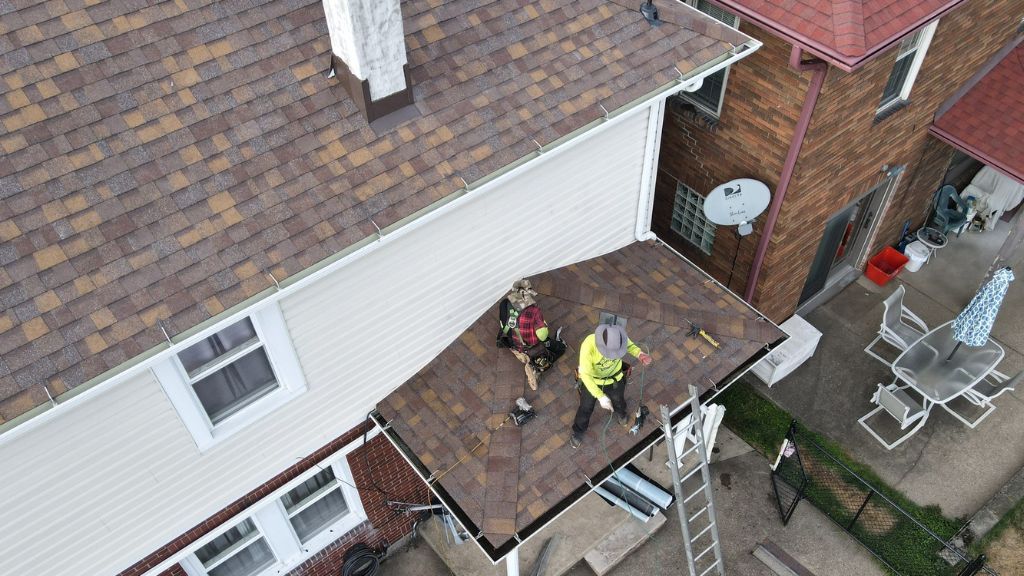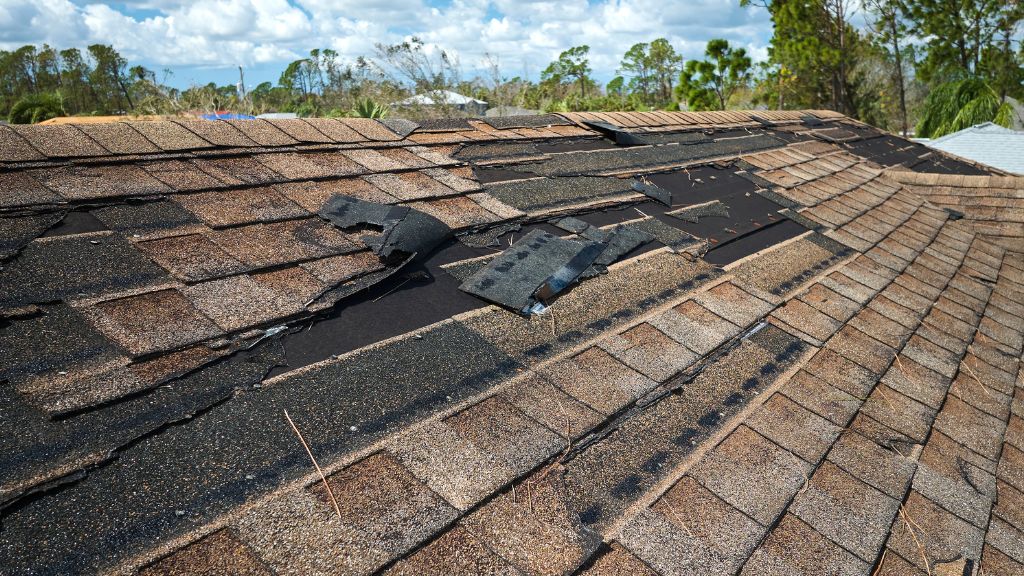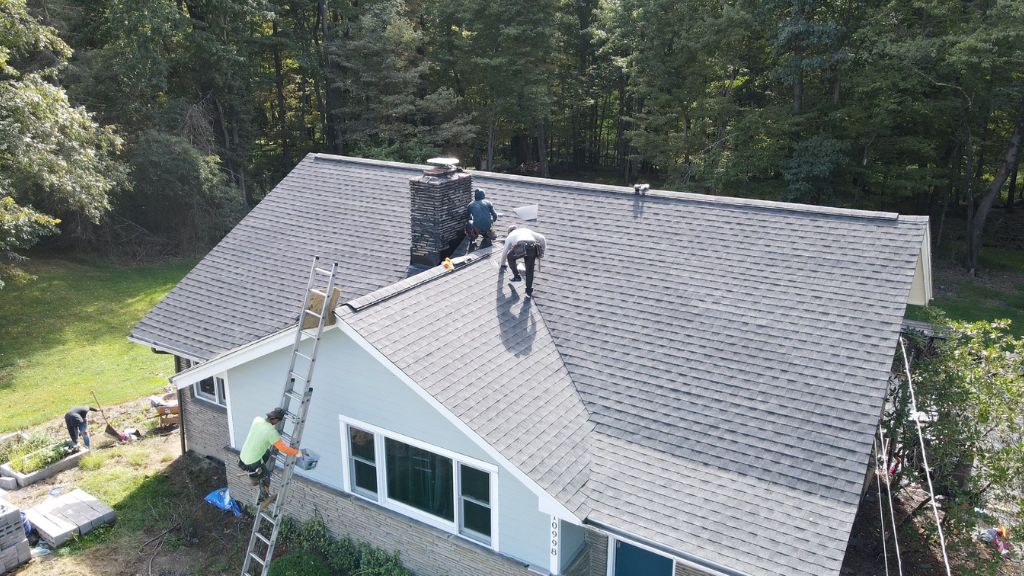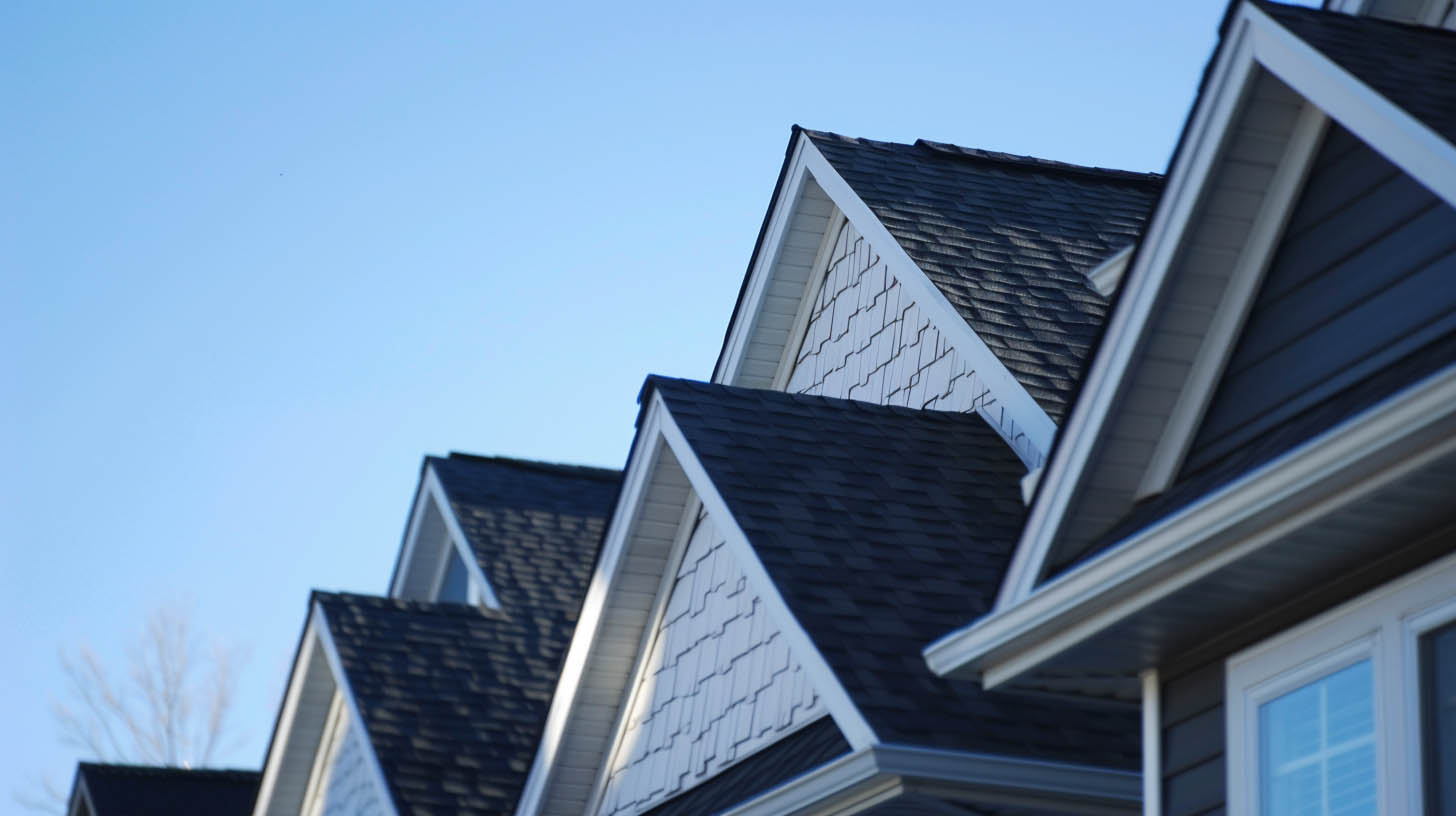
Regular roof inspections should be conducted to identify and fix any potential risks. Maintenance and repairs should be done on a regular basis to prevent and fix any damage before it becomes a bigger issue.
Additionally, proper ventilation is necessary to reduce the risk of mold growth, heat loss, and other problems. Investing in a high-quality, long-lasting roof and maintaining it properly is the best way to ensure your home is protected from the elements.
Signs Your Roof is Due for Replacement: How to Know When it’s Time

1. Age: As roofs age, they’re more prone to damage and leaks. If your roof is more than 20 years old, it’s a good sign its nearing the end of its life.
2. Sagging or uneven roof: If your roof is sagging or the shingles are uneven, it’s likely due to underlying structural issues. This could point to a roof replacement being necessary.
3. Blistering and/or buckling Blistering or buckling shingles are also signs of aging and can be a sign that your roof is due for a replacement.
4. Missing shingles: If there are bare spots on your roof or shingles are missing entirely, it’s likely the result of damage. This should be taken seriously and can often be an indication that your roof needs to be replaced.
If you’re seeing any of these signs, it’s best to contact a roofer to come and assess the situation. They will be able to advise whether or not a replacement is necessary.
Factors to Consider Before Replacing Your Roof
Before replacing your roof, there are several factors that you should consider to make the most informed decision. First and foremost, you should consider the age of your current roof. Most asphalt shingle roofs last between 15 and 25 years, so if your roof is nearing the end of its lifespan, it may be more cost-effective to replace it rather than continuously repairing it.Another factor to consider is the extent of the damage to your roof. If your roof only has minor damage, such as a few missing or damaged shingles, a repair may suffice. However, if there is extensive damage, such as widespread leaks or structural damage, a replacement may be necessary.
Roof Replacement: The Seasonal Breakdown for Maximum Efficiency and Savings

Timing is an important factor when it comes to replacing your roof, as it can impact both the efficiency of the replacement process and the cost-effectiveness of the project. In general, the best time to replace your roof is during the warmer months when the weather is dry and mild. This allows the roofing contractor to work more efficiently and minimizes the risk of weather-related delays or complications.
If you are not quite ready to replace your roof, and it’s particularly warm, you may want to read about how to you may want to read about how to protect your roof in the warmer weather .
Additionally, warmer weather can help to ensure proper sealing and adhesion of materials, resulting in a more effective and long-lasting roof replacement.
Cold Climates
That being said, there are some seasonal considerations to keep in mind when scheduling your roof replacement. In colder climates, it’s important to avoid replacing your roof during the winter months when temperatures drop below freezing. This can make it difficult for roofing materials to adhere properly, and can increase the risk of damage or complications during the installation process.
Similarly, in areas prone to hurricanes or other extreme weather events, it’s important to avoid scheduling a roof replacement during peak storm season to minimize the risk of weather-related damage or delays.
Spring/Summer Vs. Winter
By taking the below seasonal factors into consideration, you can ensure that your roof replacement is completed with maximum efficiency and cost-effectiveness:- Spring/Summer months with dry and mild weather are optimal for roof replacement.
- Avoid replacing your roof during the winter months in colder climates.
- Avoid peak storm season in areas prone to hurricanes or extreme weather events.
- Proper timing can ensure proper sealing and adhesion of materials, resulting in a more effective and long-lasting roof replacement.
With our expertise, attention to detail, and commitment to customer satisfaction, you can trust that we will provide you with the best roofing solution that meets your specific needs and budget. Contact us today and experience the peace of mind that comes with a secure and durable roof over your head. Learn more about the average cost of a roof replacement .


